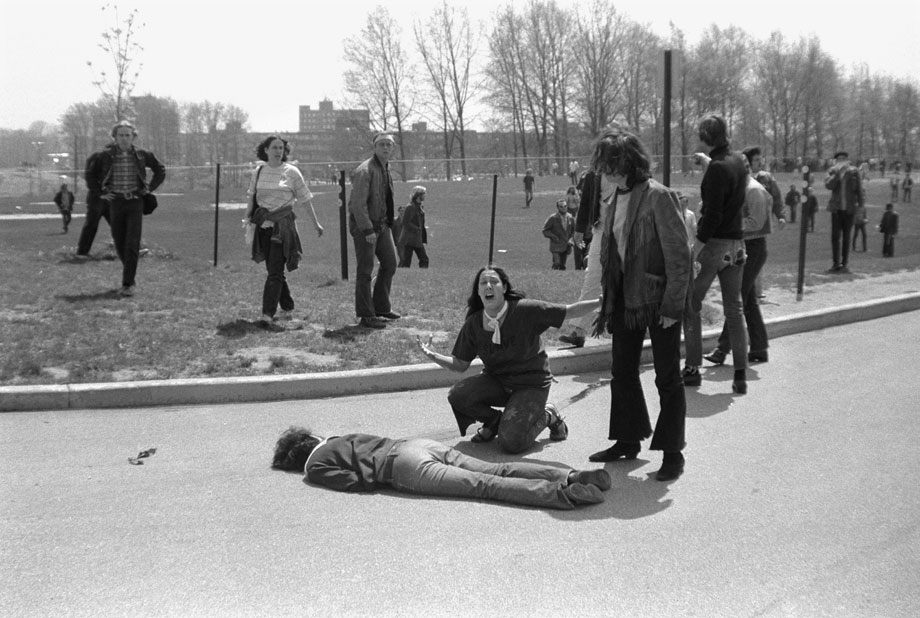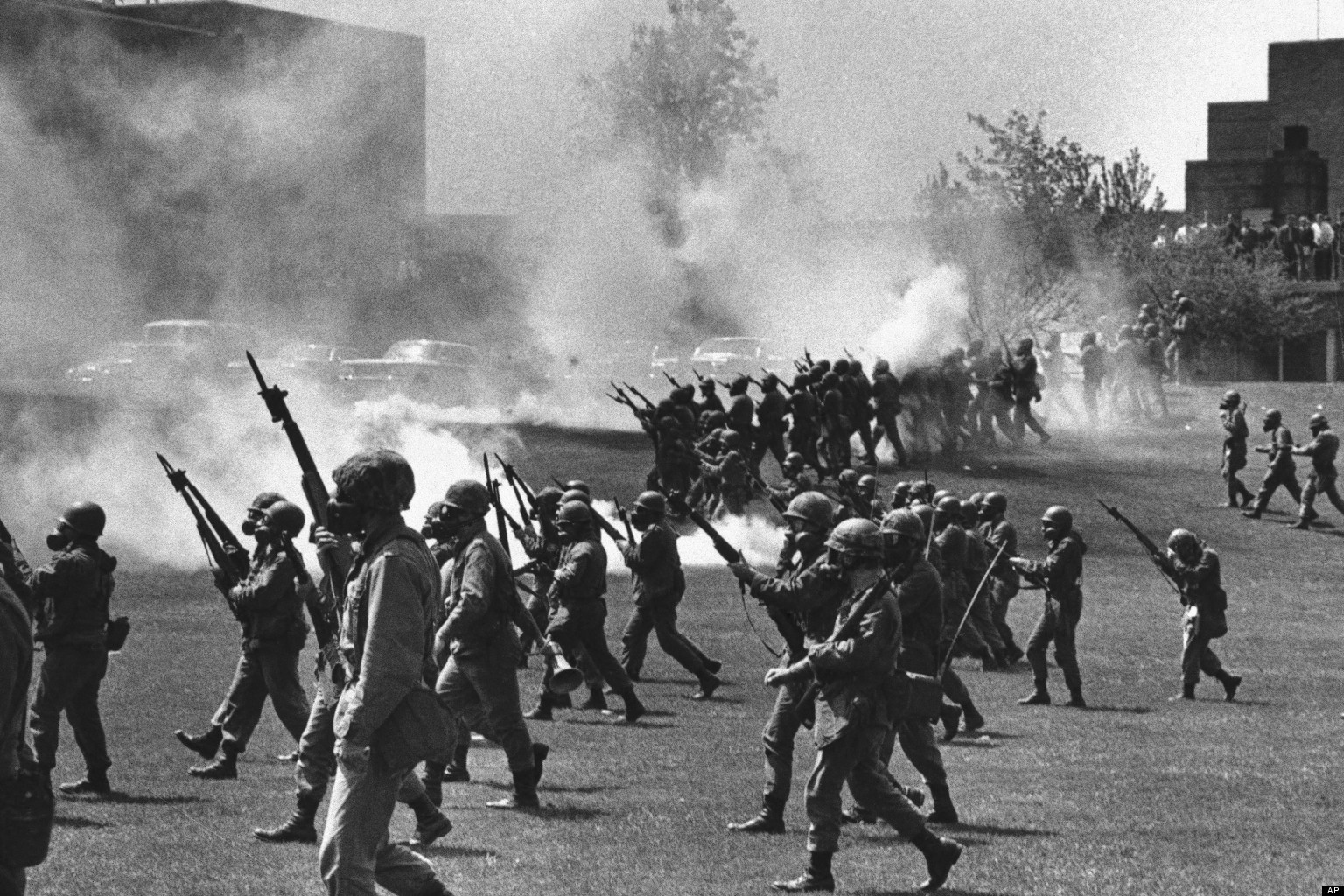Late Night Time Travel with the Beatles
 Monday, February 13, 2017 at 11:52AM
Monday, February 13, 2017 at 11:52AM I’ve had a hard day’s night. Actually, I’ve had almost two weeks of them so far. As I mentioned last week, I’m laid up with a bad back – herniated disc at L5. I’ve been dealing with this for years. Thing is, when my back “goes” I can lose weeks, if not months, lying in bed (isn’t it a weird expression to say your back “goes,” I mean where does it go).
When my L5 is having its way with me, I can’t sleep at night, and given that I share the bed with my wife who turns out the light pretty early, I spend those many hours in the dark with a tablet, Kindle with light, headphones, and a CD player. For reasons unknown to me, when I realized I had weeks and not days ahead of me, I decided to listen to all my Beatles CDs, in chronological order of course. Let’s face it, any time someone my age listens to the Beatles in the present, it is in part for hearing the music and in part for traveling back in time. It’s about both pleasure and memory, and perhaps even the reclaiming of my younger self. At the very least, if I can’t reclaim my young self, I can at least visit with him for the during of an album. And so I do.
As we all know, listening to music is like time traveling into one’s past and the Beatles is an express train to my youth. There is a problem, however. I’m an American and thus grew up with the Beatles’ US releases. When I moved to Britain in 1987 I left my Beatles albums with a friend in California. Once settled in Britain I began buying Beatles CDs only to discover that some albums released in the US were not available in the UK. CDs available in the UK I had never seen in the US. At first I was excited because the British releases seemed more “authentic.” But the thrill of authenticity didn’t last long. What I was listening to didn’t correspond with my memories. Songs were missing, but eventually appeared in two albums called The Beatles Past Masters Volume one and Volume Two. Other songs, while present, were in a chaotic mix and not where they were supposed to be. There were no instrumentals on A Hard Day’s Night. And where the hell were Beatles ’65 and Beatles VI?
It wasn’t until Sgt. Pepper’s Lonely Hearts Club Band that UK and US releases became identical so you can only imagine the level of stress those earlier albums caused me. As one song was ending I could hear the next one beginning in my mind before it actually started to play, only to be frustrated when a totally different song appeared. If you listen to an album long enough an established order reveals itself. When returning to an album after years, one expects that order to once again and for always reveal itself anew. One does not expect or welcome chaos. Talk about a living hell. The loss of order attacked my sense of identity. After all, our identities are dependent on remembering enough of our lives to guarantee a sense of self through time. Who was I if my Beatles memories, deeply imbedding into my very being, were unreliable?
Ed Byrnes as Kookie on 77 Sunset StripThe Beatles hit the US when I was in the 9th grade. I shunned them at first, never being a person who jumped on to popular bandwagons. I thought myself better than that. But their first appearance on the Ed Sullivan Show on February 9, 1964 overwhelmed me. After that show, things changed. My hair style had progressed from a crew cut to a rendering of 77 Sunset Strip’s Kookie’s long waves that demanded a lot of product (to hold the waves in place) and constant combing (to appear cool). But after Ed Sullivan I went to my parents, my sister by my side ready to act as my advocate if necessary, requesting that I be allowed to let my hair grow into a Beatles cut. They said yes! And since I was partial to Paul McCartney, I kept looking at his picture and the mirror until my hair grew out. Pretty exciting times, though I got more than little abuse in public from adults who couldn’t accept that times they were a changin’.
As I write this I’m just about to listen to Sgt. Pepper’s Lonely Hearts Club Band. The Fab Four started to move beyond the typical adolescent pop love song on Rubber Soul and by the time we got to Sgt. Pepper the world had changed. We had moved from “I Want to Hold Your Hand” to “Nowhere Man,” “She Loves You” to “Penny Lane,” ”Please Please Me” to “Here Comes the Sun.” They were everything, and then a cloud appeared from nowhere: the song “Revolution” on the White Album. It was 1968 and John Lennon certainly wasn’t signing up for the revolution or even the resistance. It was upsetting to see the Beatles relinquish authority to the likes of The Rolling Stones and The Who as we created reality through the cultural and political turmoil of the late 1960’s and early 1970’s. “Revolution” made me wonder who was leading us.
 Kent State UniversityOn August 28, 1968 10,000 protesters gathered in Grant Park in Chicago during the Democratic Party National Convention. A confrontation between protesters and police lead to violence and rioting. Hubert Humphrey became the party’s nominee for president. Richard Nixon was elected president in 1968, with Watergate lying hidden in the future. In November of 1969 we learned of the My Lai Massacre, where US soldiers killed as many as 50o civilians, including children, in a Vietnamese village. December 1969 the first draft lottery since WWII was held and a whole lot of young men in colleges and universities all over the country held their breath, me among them (as it turned out the blue plastic capsule containing my birthdate was chosen on the 352nd draw from the TV game show basket making it virtually impossible that I would be drafted to go to Vietnam and fight alongside my cousin). The Vietnam War was insatiable and had to be fed with the lives of young men and women (the average age of a US soldier in WWII was 26, in Vietnam 19). On May 4, 1970 four unarmed students were shot dead by young National Guardsmen at Kent State University. Eleven days after the Kent State killings, on May 14th at Jackson State College police fired into a group of students killing two and wounding twelve. Between April 29th and July 22nd 1970 Nixon conducted the Cambodian Campaign (or Incursion or Bombing) and campuses everywhere came unstuck. American naiveté was swept from my eyes.
Kent State UniversityOn August 28, 1968 10,000 protesters gathered in Grant Park in Chicago during the Democratic Party National Convention. A confrontation between protesters and police lead to violence and rioting. Hubert Humphrey became the party’s nominee for president. Richard Nixon was elected president in 1968, with Watergate lying hidden in the future. In November of 1969 we learned of the My Lai Massacre, where US soldiers killed as many as 50o civilians, including children, in a Vietnamese village. December 1969 the first draft lottery since WWII was held and a whole lot of young men in colleges and universities all over the country held their breath, me among them (as it turned out the blue plastic capsule containing my birthdate was chosen on the 352nd draw from the TV game show basket making it virtually impossible that I would be drafted to go to Vietnam and fight alongside my cousin). The Vietnam War was insatiable and had to be fed with the lives of young men and women (the average age of a US soldier in WWII was 26, in Vietnam 19). On May 4, 1970 four unarmed students were shot dead by young National Guardsmen at Kent State University. Eleven days after the Kent State killings, on May 14th at Jackson State College police fired into a group of students killing two and wounding twelve. Between April 29th and July 22nd 1970 Nixon conducted the Cambodian Campaign (or Incursion or Bombing) and campuses everywhere came unstuck. American naiveté was swept from my eyes.
 Kent State UniversityDuring that time I listened to The Beatles, commonly known as the White Album, Yellow Submarine, Abbey Road, and Let It Be. Loved them all – well not Yellow Submarine – but you can see how “Revolution” didn’t sit well with me. It was the time we idealistically, and perhaps naively, thought we could actually change the world through marches, debates, education, intelligence, morality, poetry, and pure force of will. “Revolution,” sung either fast or slow, didn’t help.
Kent State UniversityDuring that time I listened to The Beatles, commonly known as the White Album, Yellow Submarine, Abbey Road, and Let It Be. Loved them all – well not Yellow Submarine – but you can see how “Revolution” didn’t sit well with me. It was the time we idealistically, and perhaps naively, thought we could actually change the world through marches, debates, education, intelligence, morality, poetry, and pure force of will. “Revolution,” sung either fast or slow, didn’t help.
You’re not going to believe this, but on a visit to California, my friend and I took all my Beatles albums and gave them to a charity. Gave every damn one away, with the exception of Sgt. Pepper. How stupid could I be? So, now that I’m back in the US lying in the dark, my time travelling experience is jumbled. Now and forever listening to the Beatles is a clash of my US memories and my UK CDs. As a result, I can’t always find the young me. It can be frustrating. But even so, as I listen to song after song I can sing along to each, never missing a word. Amazing. Kid Dale lost, but every word preserved.
Copyright ©2017 Dale Rominger
Reader Comments